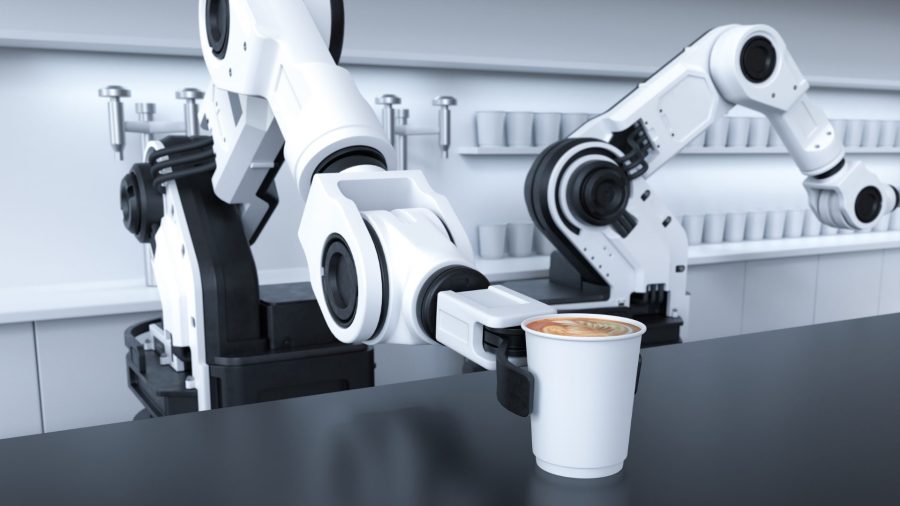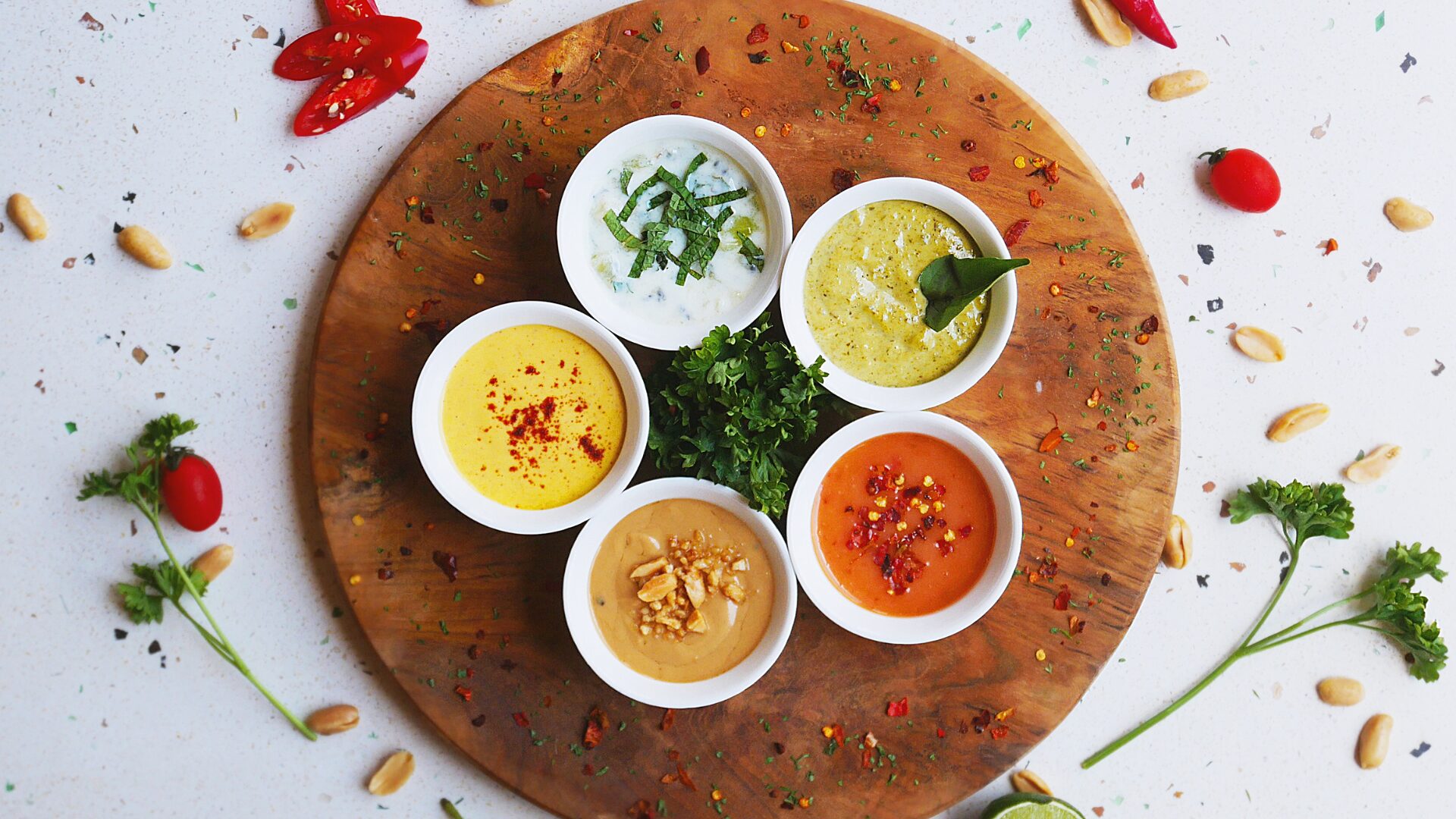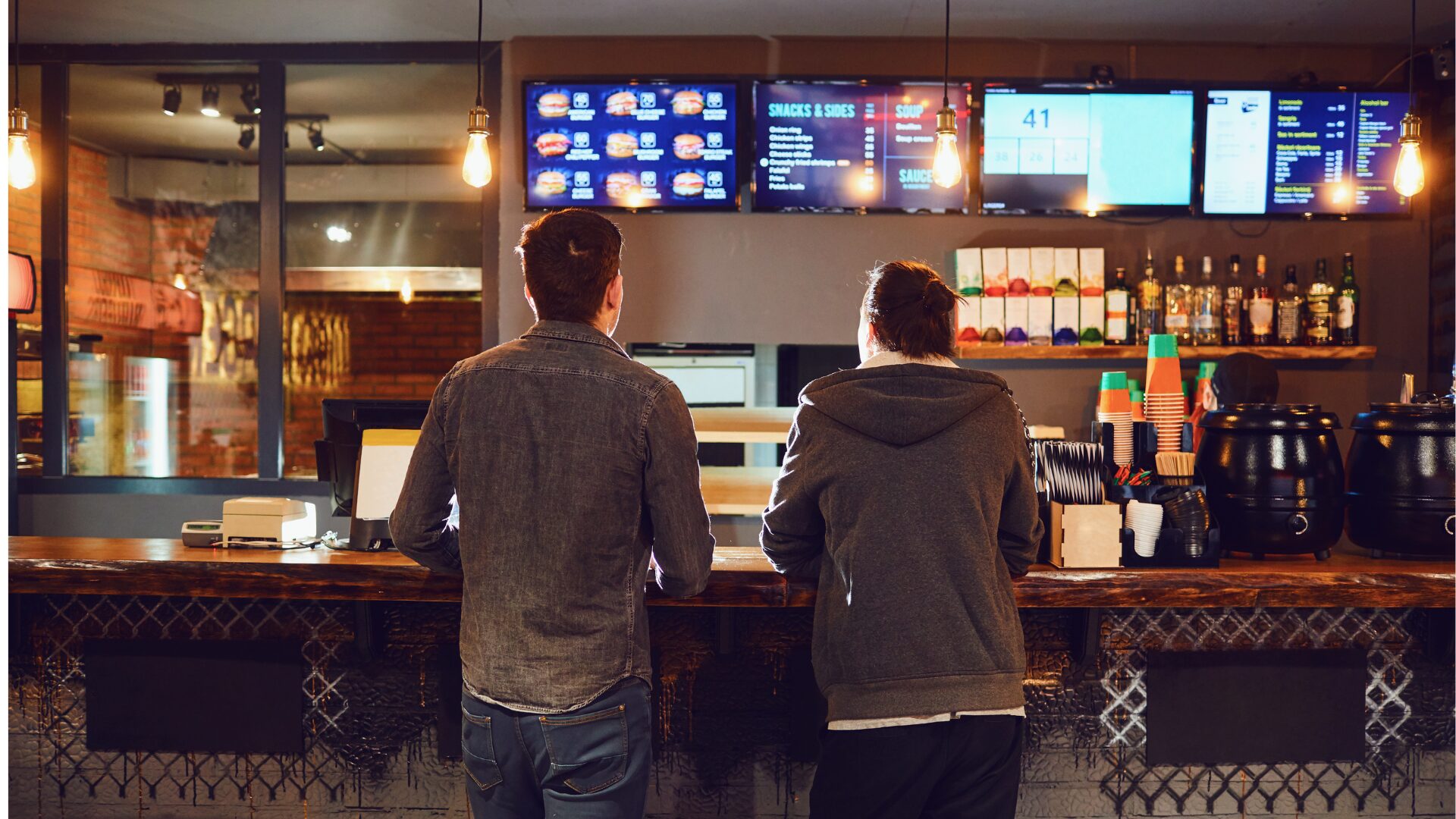With the Winter Olympics underway this week, we’ve been getting a glimpse at some technological innovations used to feed the thousands of athletes in attendance.
Robotic technology is helping serve athletes in Beijing, for example.
In an effort to decrease face-to-face interaction due to COVID-19 concerns, robots are taking over the dining hall.
“The technology utilized at the Winter Olympics is a prime example of both how and why automation will be used to address the future needs of the foodservice industry,” Bhavin Asher, CTO of GRUBBRR, told The Food Institute. “This technology will certainly become mainstream in the future, and is in fact becoming mainstream now with the advent of ghost kitchens’ innovations within the foodservice industry.”
At this year’s Olympic Games, room-service robots are being used by a Beijing hotel to decrease human interaction.
In a recent tweet by Reuters, a video shows the robots arriving at a guest’s door. Once the guest types a pin code in, the robot opens to reveal their food.
A Beijing hotel is using room service robots as the Winter Olympics approaches. Robots arrive at the guest’s door, the guest types a pin code into the robot and the robot opens to reveal the food. Once the guest has taken the food out the robot closes and moves off pic.twitter.com/NRbDCvhQBg
— Reuters (@Reuters) January 27, 2022
Robot waiters at the Olympics media center are delivering meals using an arm from the ceiling to diners who are seated at Plexiglass-surrounded tables, reported Delish (Jan. 31).
An artificial intelligence “chef” is also preparing hamburgers, while a robot that grinds coffee beans prepares fresh cups of coffee and a machine that bartends in just 90 seconds covers drinks.
“Robots and automation as a whole will have a notable impact on the foodservice industry in the years ahead,” said GRUBBRR’s Asher, whose company specializes in self-ordering solutions and kiosk software platforms for restaurants.
“More people ordering through digital channels means more stress for kitchen staff, but automation such as kitchen display systems and robotic arms can help alleviate this stress by increasing throughput,” he added.
Additional reporting provided by The Food Institute’s Kelly Beaton.











